It’d be fair to say that much of the world runs on email, making it a must to have the best iOS email app for you.
While tools like Slack, WhatsApp and Discord all exist for instant messaging, email remains the way many people communicate. Whether it’s sending projects for approval, connecting with a loved one, or simply sharing notes for the latest office meeting, there’s plenty of life in email yet.
While your iPhone comes with Apple Mail installed, it’s not for everyone. Apple continues to improve it, but it can be a little clunky to use and lacks many of the more nuanced features of other email apps. iI’s also not much to look at. For basic sending and receiving messages, it’s great, but if you deal with a lot of emails, you may be looking for something flashier.
Thankfully, we’ve got you covered with the best alternative email apps for iOS, all of which make smart changes to the basic formula.
Microsoft Outlook
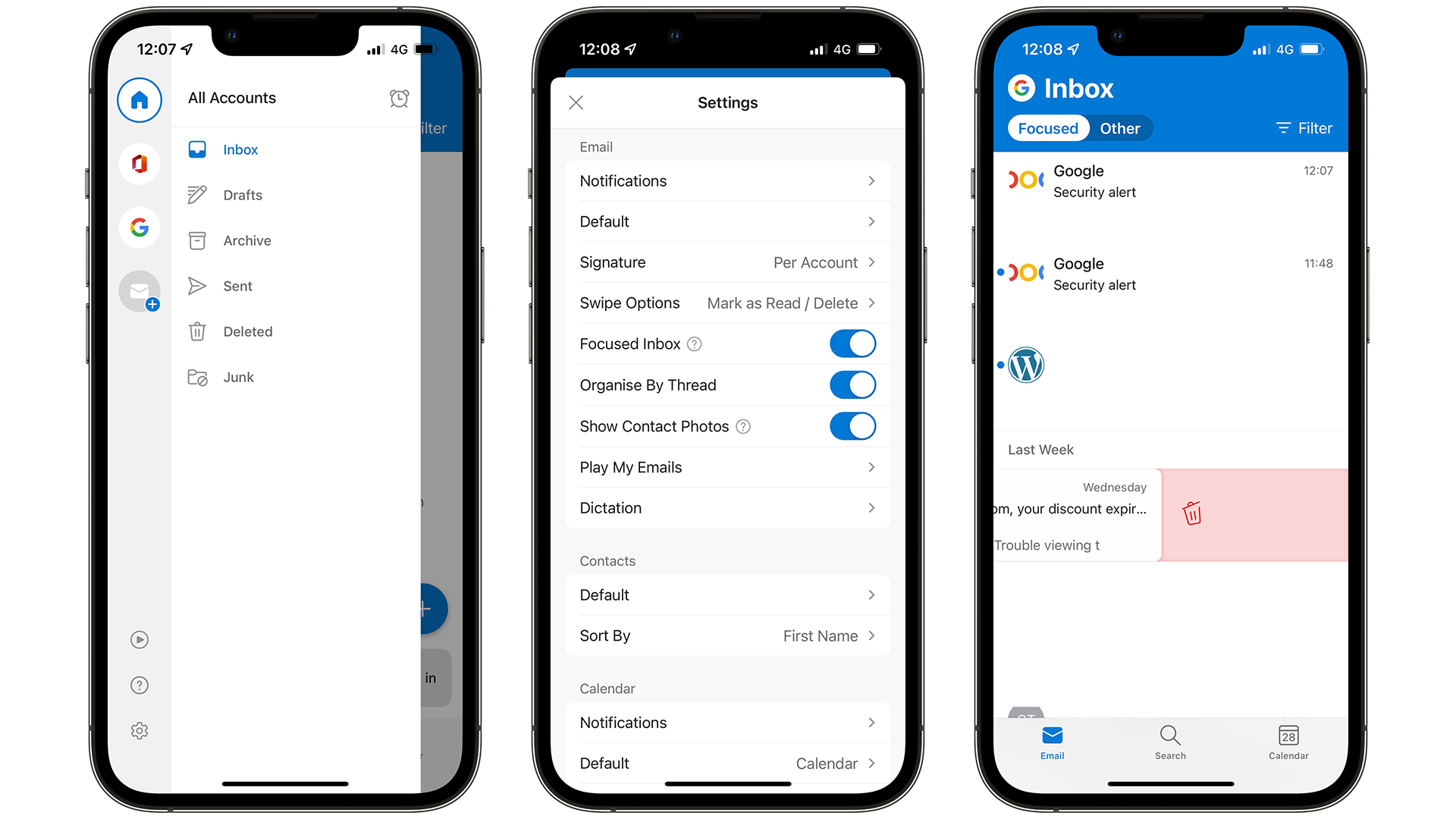
It’s perhaps strange to trumpet Outlook as one of the best email apps for the iPhone, but it really is an excellent choice.
Microsoft’s long-running email client looks better here than it ever has before, and it’s plenty powerful too. Its Smart Inbox works out which emails are important and snoozes the others for later. You can also swipe emails to perform quick actions (something that many other apps on this list do).
Perhaps our favorite aspect though is that the calendar within Outlook is so good you can use it as your main planner. Its inclusion means that all your meetings and events, whether they’re from Google Calendar, iCloud, or elsewhere, are in one place.
Hey
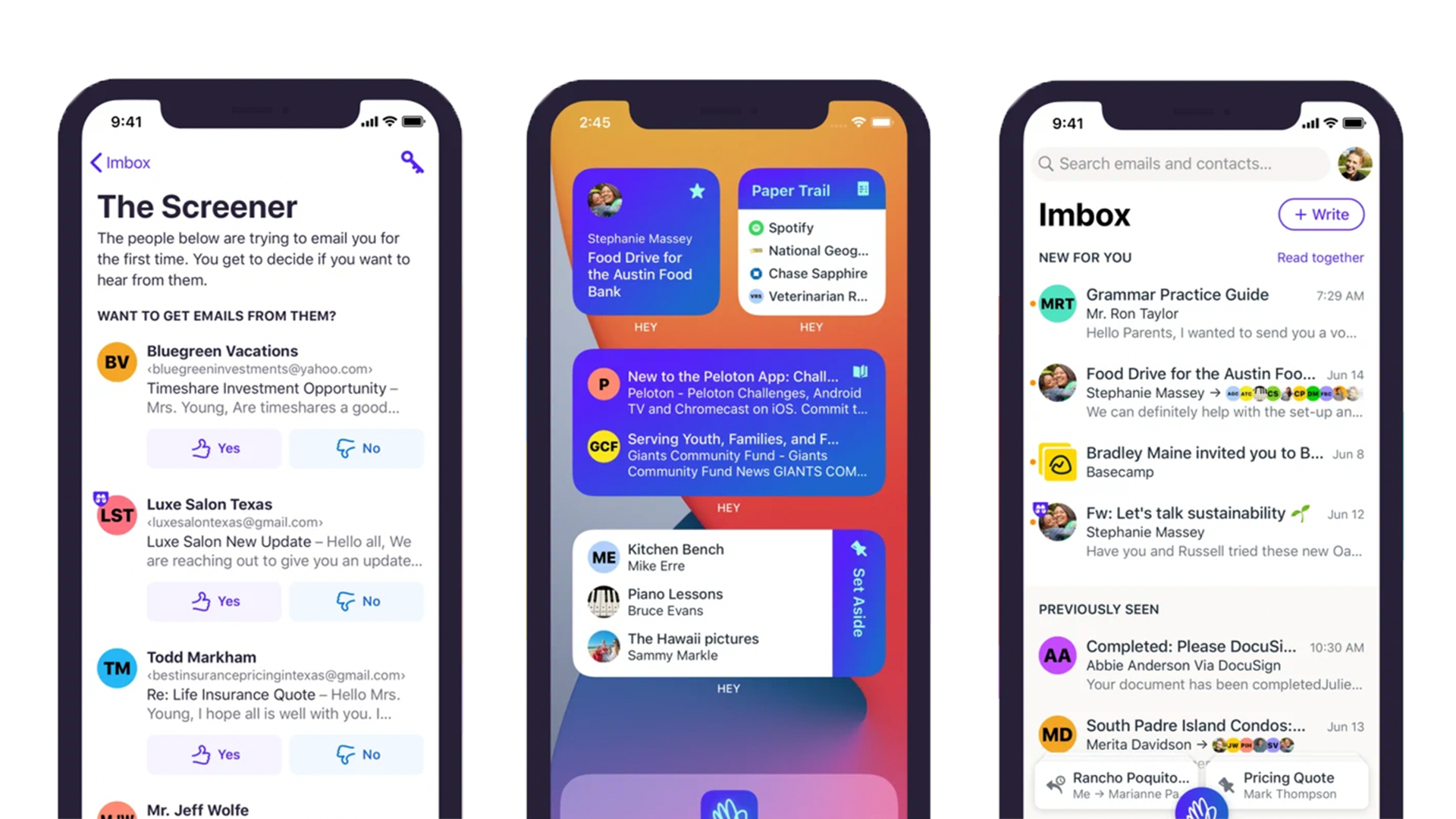
Hey has been the subject of much discussion, both in terms of its pricing, feature set, and the fact that the developer and Apple had a falling out over in-app payments.
Nonetheless, Hey is an excellent email client if you can stomach the $99 annual fee. Hey users get all kinds of great features, like the ability to screen emails from new senders, and unique filtering rules like the Paper Trail (for receipts) or The Feed (for newsletters).
To use Hey, you’ll have to direct all your existing email to it, but doing so will let you pick a custom @hey.com address.
Spark
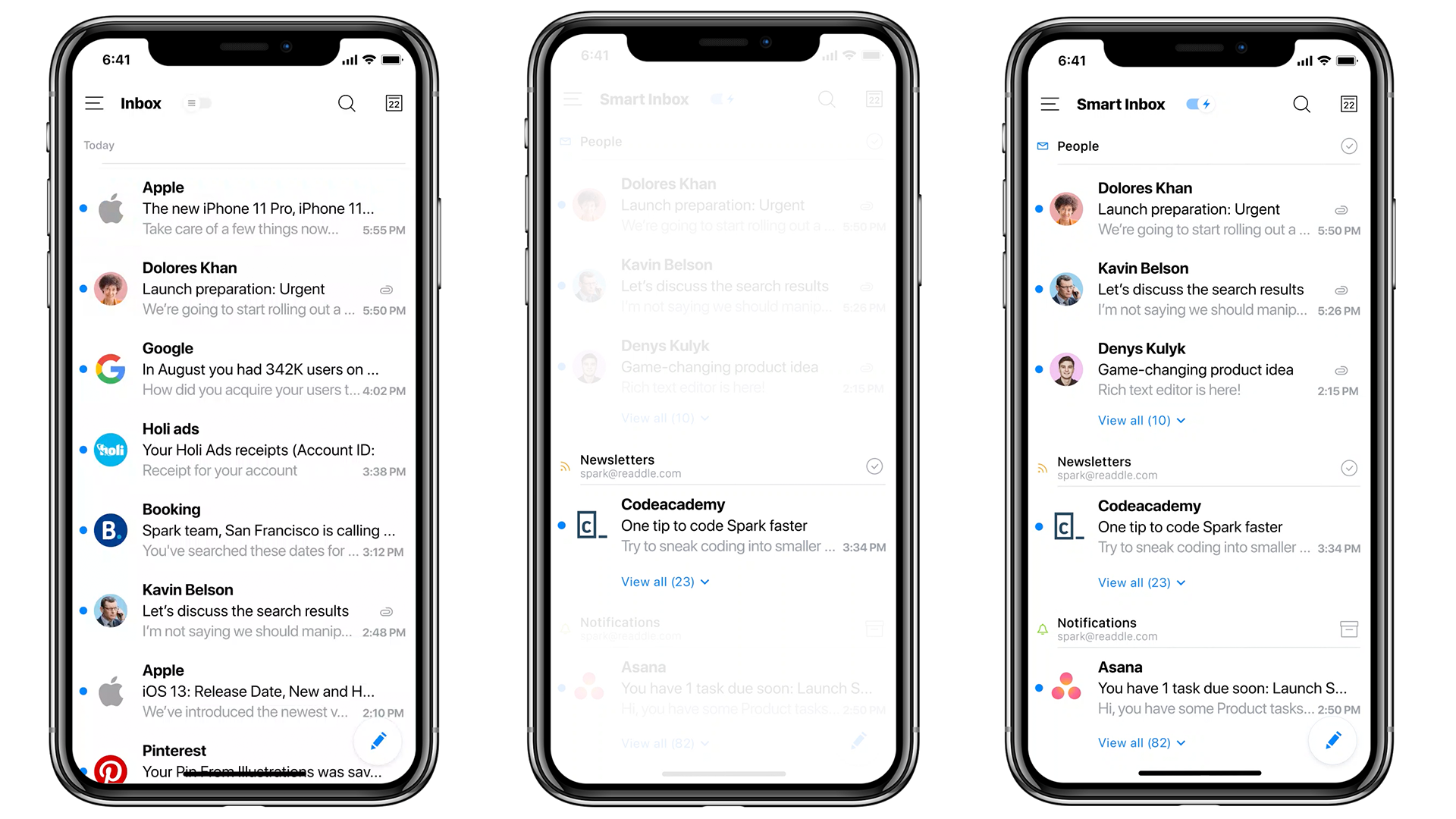
Of all of the apps on this list, Spark feels the fastest to use, and it’s got a great visual style with plenty of color in icons but mostly plain everywhere else.
Available on the App Store for free, there are plenty of features here that should give Apple something to ponder for an updated version of Mail.
As with others on this list, there’s a Smart inbox, but we’re particularly fond of Spark's array of 'actions' – you can snooze a thread, remind yourself to follow up later, create Smart Notifications, and more. There’s also a nice slide-over calendar, too.
Spark also plays nicely with attachments, letting you download and open files within the app itself rather than dipping into another option. Attachment search is great, too, and you can attach whatever you’re sending to cloud services straight from the app.
Edison
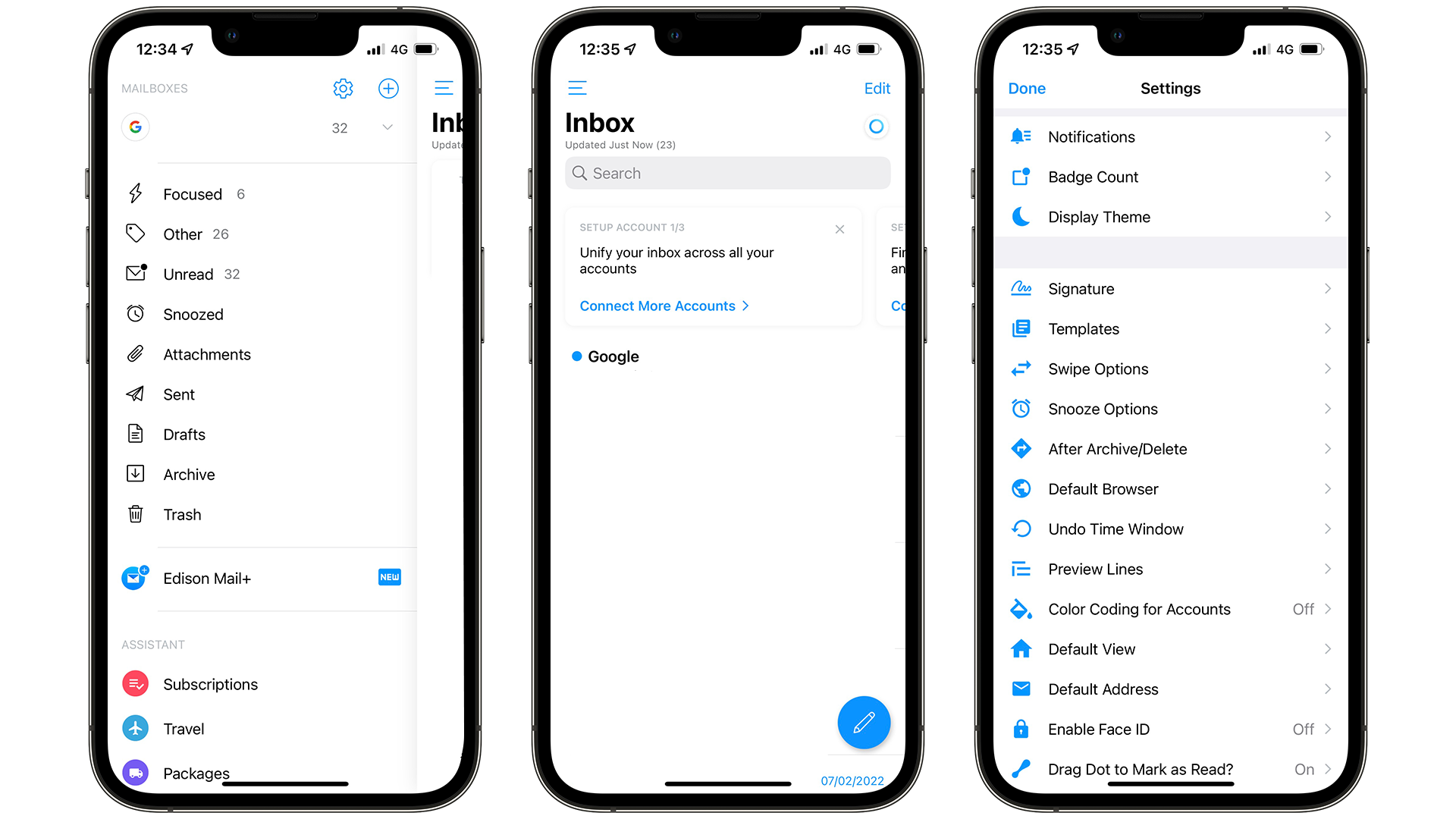
Edison is another good-looking Apple Mail alternative, but its real superpower is its built-in assistant.
Edison’s assistant will filter your emails by type or sender, and it’s perfect for those with butterfingers since it’ll let you undo the sending of an email up to fifteen seconds after you hit the Send button. There are also the slide-to-action options seen elsewhere on this list, too.
Edison leans a little on Hey’s business model, now that it works with OnMail. You can use Edison for free, but paying $4.99 will get you a custom domain, password-protected large file links, and an increased attachment size up to 250MB.
Twobird
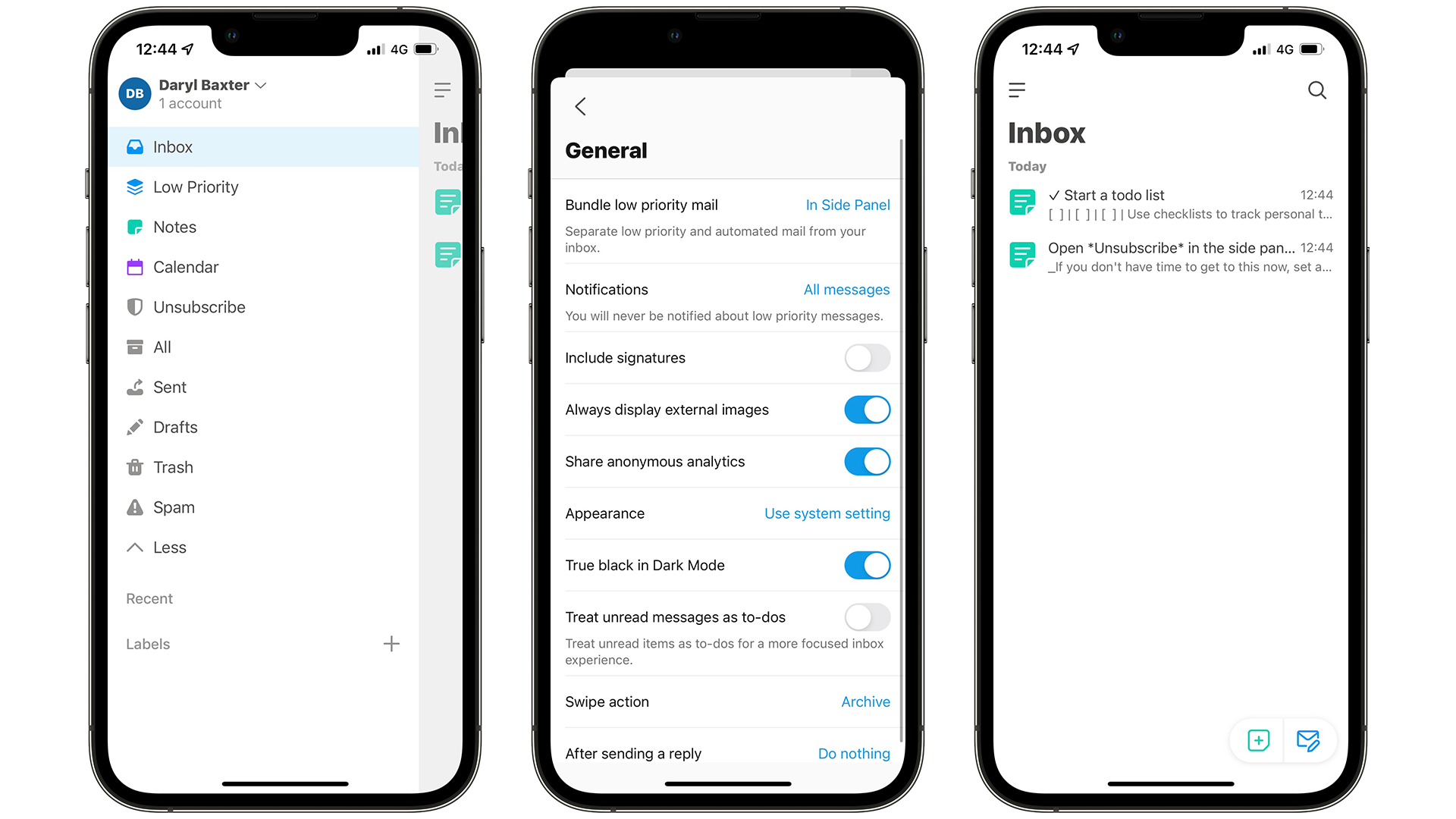
The new kid on the mail-block, Twobird is part email app and part to-do list – and it’s great at both.
The email experience removes as much from around the actual content of your email as it can, cleaning up the experience to let you focus on the who and the what. You’ll also be able to turn the emails in your inbox into a task list of sorts, tying it in with your other daily reminders, while smart notifications work out what you need to know and when.
Twobird is off to a great start, but there’s a big caveat – there’s no option to currently add your iCloud here, sadly. Gmail and Exchange users, however, will find a lot to love.
AirMail

Airmail has a smart-looking design that feels ripped straight from Apple’s own design language. In fact, it feels like Apple Mail, but better.
The real strength of Airmail is in its integrations with other services – be those web services or other apps on your phone. If you use it, chances are, Airmail can too; Google Drive, Todoist, Drafts, Trello, they’re all here. It’s a far cry from Apple’s more siloed experience.
While Airmail is free, you can upgrade to a Pro plan for $2.99 per month (or $9.99 per year). Doing so gets you a unified inbox, multiple themes, and the option to snooze and delay sending.
Spike
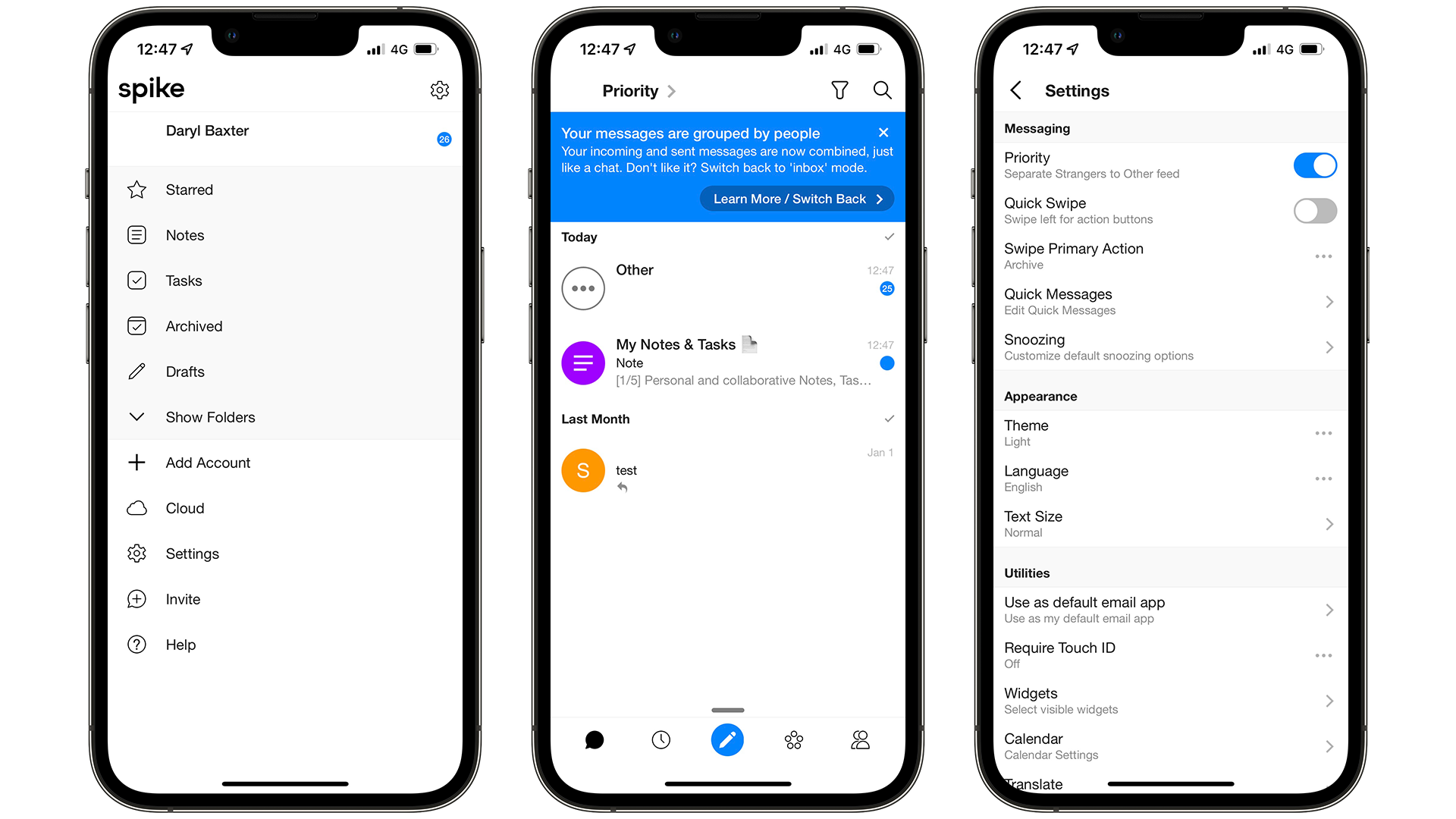
Spike shakes things up by attempting to blur the lines between email and instant messaging. It looks closer to iMessage than it does to Apple Mail, which may put some people off.
In truth, it’s closer to something like Slack, stripping away the need for long emails full of headers and signatures and boiling it down to the message content and any attachments. It’s configurable for teams, too, so you can send an email to a group of colleagues as if it were a Slack message.
There are built-in notes and task management options, too, with both working collaboratively. And just like others on this list, there’s a Priority Inbox so you never miss an important email.
No comments:
Post a Comment